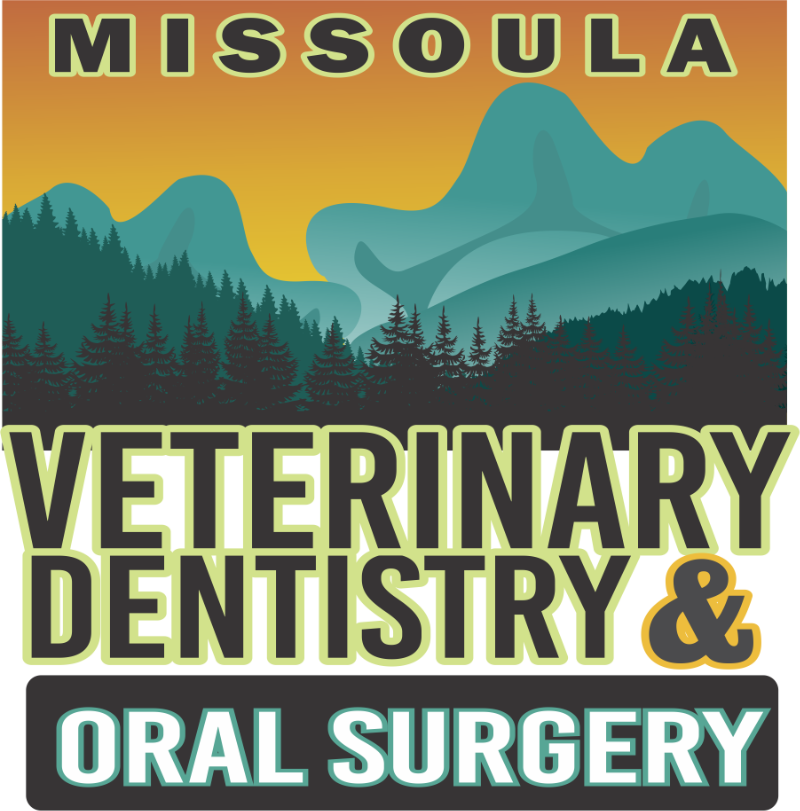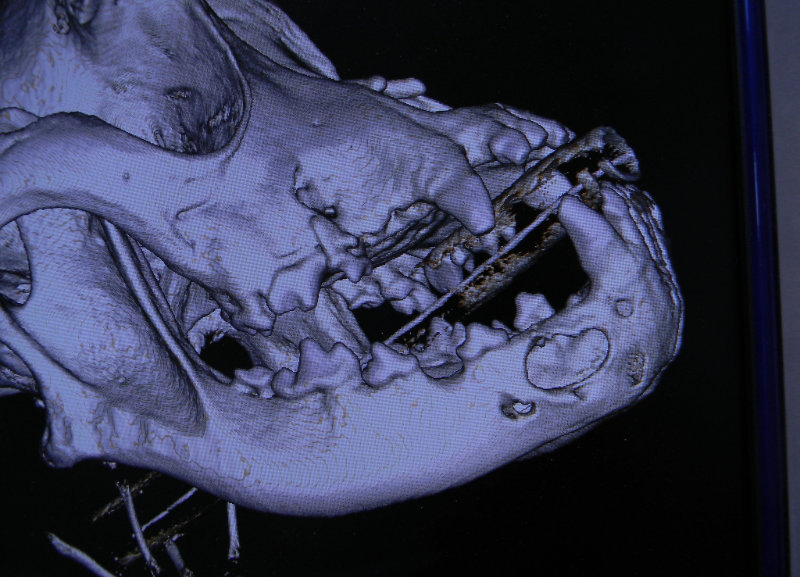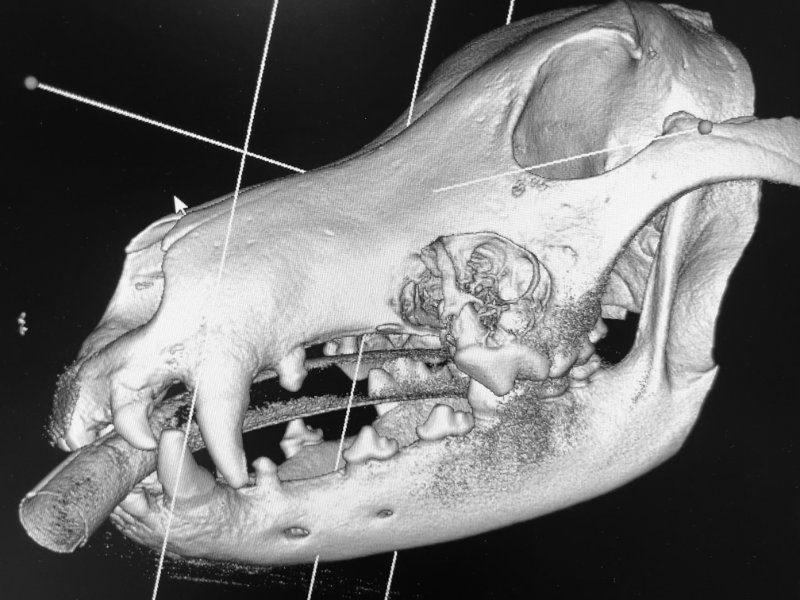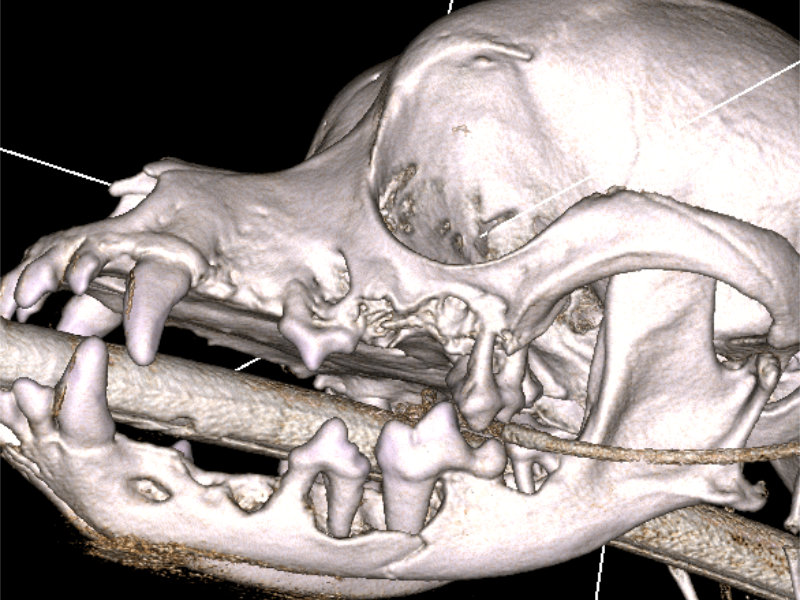
Diagnostic Imaging
Cone Beam CT (CBCT) is a relatively new diagnostic imaging technology that has revolutionized the field of specialty veterinary dentistry. Unlike traditional 2D radiography, CBCT provides detailed 3D images of the teeth, bones, and soft tissues of the oral cavity. Below you will read the benefits of using CBCT in specialty veterinary dentistry, including improved diagnostic accuracy, reduced radiation exposure, and enhanced treatment planning.
Improved Diagnostic Accuracy
One of the primary benefits of using CBCT in specialty veterinary dentistry is the improved diagnostic accuracy it provides. Traditional 2D radiography has limitations in terms of providing a comprehensive view of the oral cavity. For instance, it can be difficult to identify the exact location and extent of dental root fractures or to determine the degree of bone loss around a tooth. CBCT, on the other hand, provides detailed 3D images that enable veterinary dentists to visualize the oral cavity from different angles and perspectives. As a result, they can identify and diagnose dental problems more accurately and effectively.
CBCT has also proven to be a particularly useful diagnostic tool in the management of jaw fractures in animals. Traditional radiographs can sometimes be difficult to interpret or inadequate for proper visualization of the fracture, particularly in cases of complex or comminuted fractures. CBCT, on the other hand, can provide detailed 3D images that allow for accurate assessment of the extent and location of the fracture, as well as any associated damage to surrounding structures such as the teeth or soft tissues. This enables veterinary dentists to plan and perform more precise surgical interventions, such as plate fixation or wiring of the fracture, leading to better outcomes and improved healing times. Additionally, CBCT can also be used for post-operative evaluation of the healing process, ensuring that the fracture is properly aligned, and healing as expected.
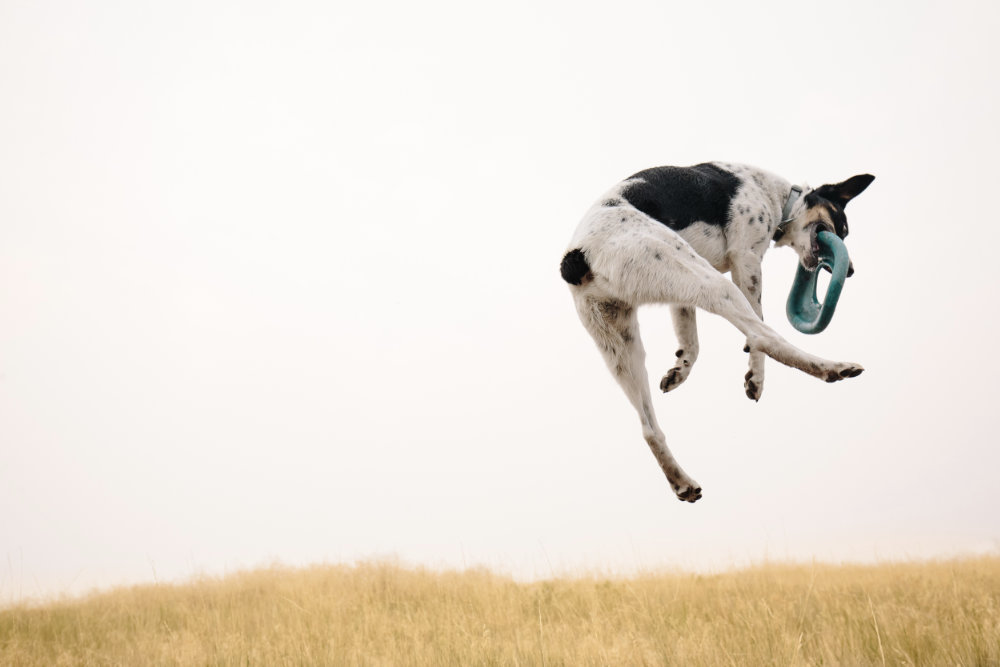
Reduced Radiation Exposure
CBCT reduces radiation exposure compared to traditional 2D radiography. 2D radiography requires multiple images to be taken from different angles to provide a comprehensive view of the oral cavity. This means that the patient must be exposed to radiation multiple times, which can be a concern for both the animal and the veterinary staff.
In contrast, CBCT requires only one scan to produce a 3D image of the oral cavity. This results in a significant reduction in radiation exposure, which is particularly important for animals that may require multiple diagnostic scans or have other health problems that make them more sensitive to radiation exposure.
Enhanced Treatment Planning
CBCT also provides enhanced treatment planning capabilities for veterinary dentists. With its detailed 3D images, CBCT allows veterinarians to plan dental treatments with a higher level of precision and accuracy. For example, it can help veterinarians determine the exact location and depth of dental implants or guide the placement of orthodontic appliances.
CBCT can also be used to create digital models of the oral cavity, which can be used to create custom-made dental prostheses or appliances. This can improve the fit and function of dental appliances and reduce the need for multiple adjustments or replacements.
Overall, the use of CBCT in specialty veterinary dentistry can improve diagnostic accuracy, reduce radiation exposure, and enhance treatment planning. As a result, it can improve the quality of care for animals with dental problems, leading to better outcomes and improved quality of life.
However, it is important to note that CBCT is not without its limitations and potential risks. It requires specialized equipment and training, and there is a risk of misinterpretation of the 3D images if the veterinarian is not properly trained or experienced. Additionally, the cost of CBCT imaging can be higher than traditional 2D radiography, which may limit its accessibility for some pet owners. At Missoula Veterinary Dentistry, we strive to make this state-of-the-art tool financially accessible to every patient, keeping your costs as low as possible for this crucial technology.
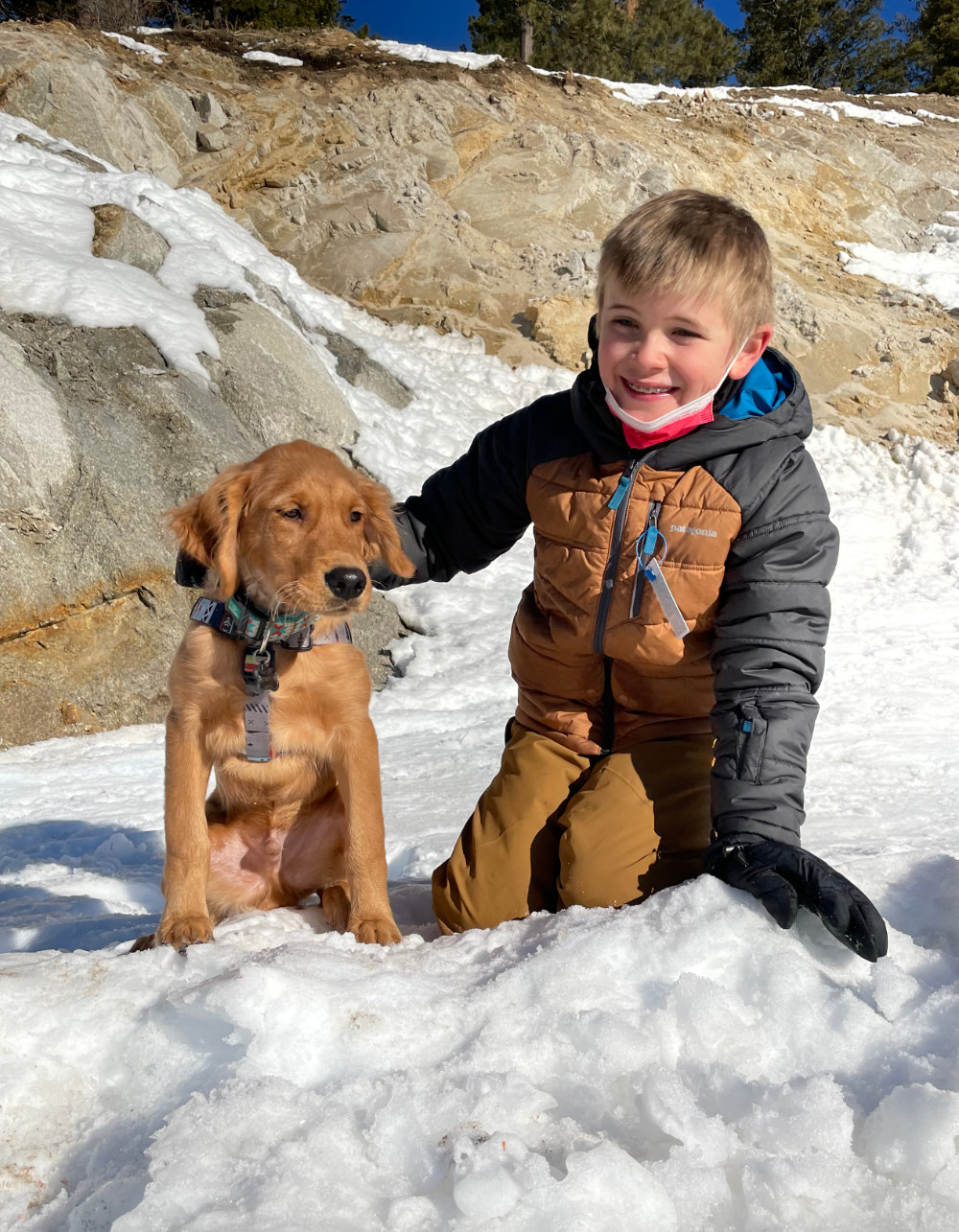
In conclusion, while CBCT is not a replacement for traditional 2D radiography, it provides significant benefits for veterinary dentistry. Its improved diagnostic accuracy, reduced radiation exposure, and enhanced treatment planning capabilities make it a valuable tool for veterinary dentists. As technology continues to evolve and become more widely available, it has the potential to improve the diagnosis and treatment of a wide range of dental problems in animals, from routine cleanings to complex oral surgeries. However, it is important to approach the use of CBCT with caution and ensure that it is used appropriately and by qualified professionals. With proper use, CBCT can improve the standard of care for animals with dental problems and enhance the overall health and well-being of our furry companions. As CBCT technology continues to advance and becomes more widely available, it has the potential to transform the field of specialty veterinary dentistry and improve the lives of countless animals.
